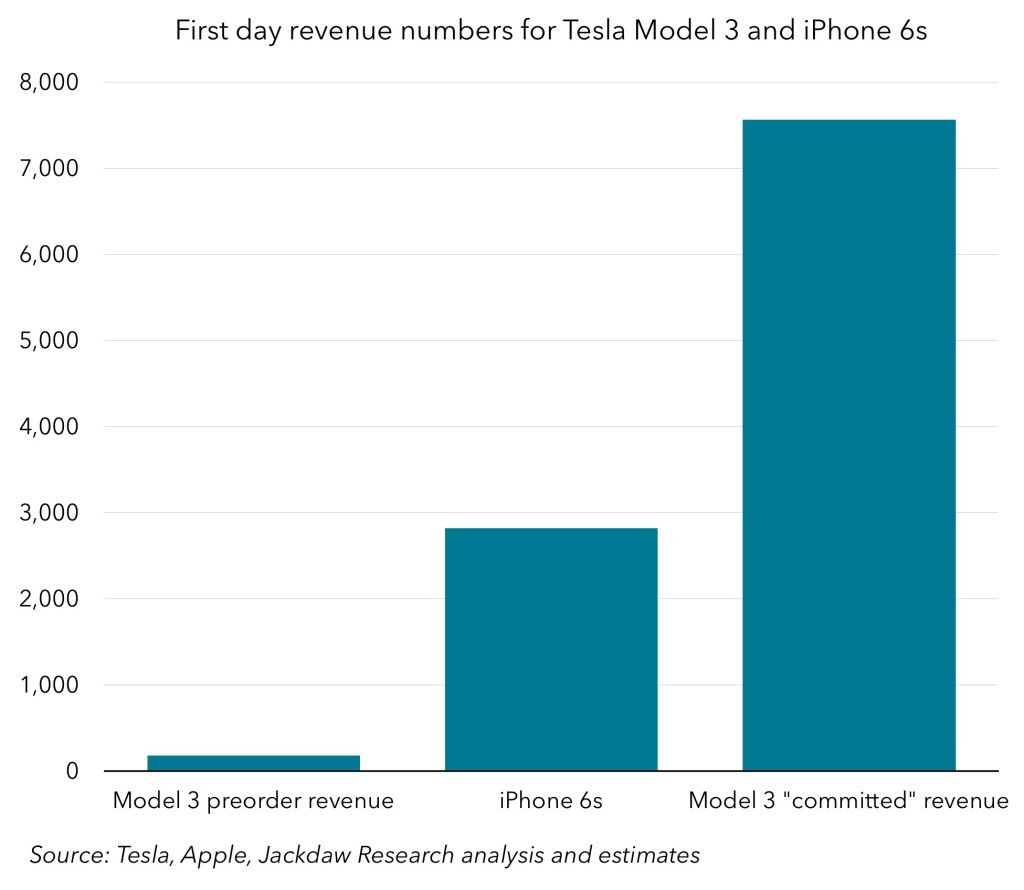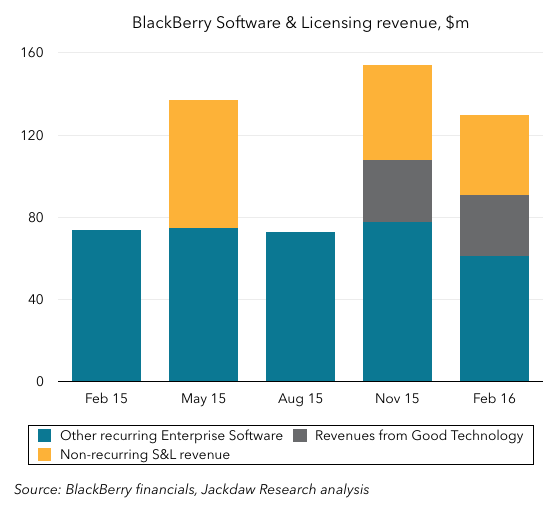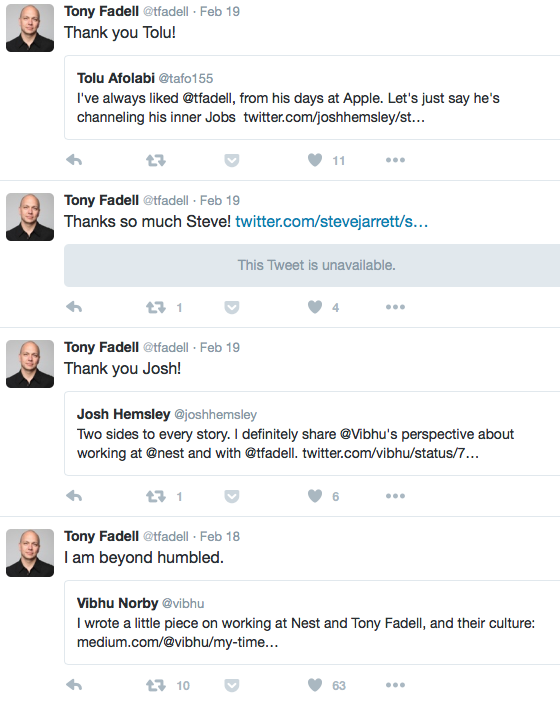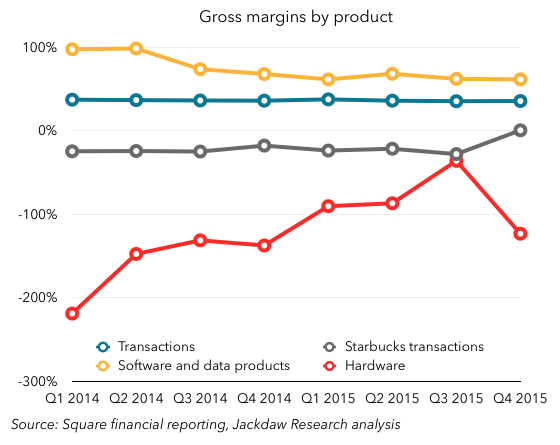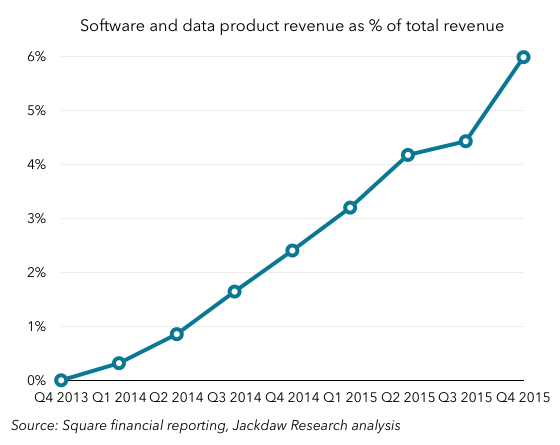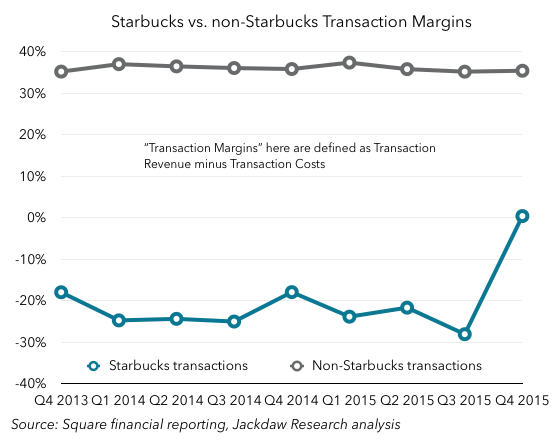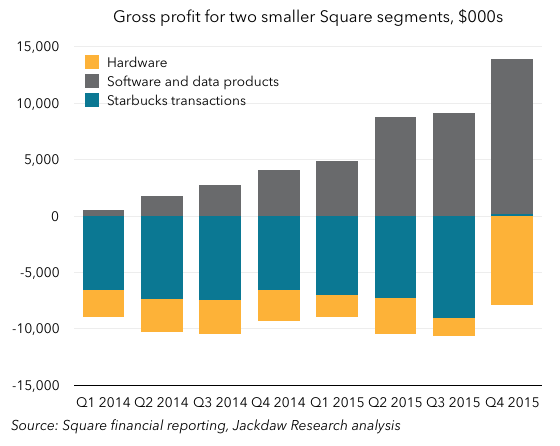The European Commission announced this morning that its preliminary finding in its investigation of alleged anti-competitive practices by Google in relation to its Android operating system is that Google is indeed breaching EU rules. The action from the EU is misguided and unnecessary, but it will likely be disruptive to Google and have several unintended consequences anyway.
A quick primer
Note: I’m including links to three relevant Commission documents at the end of this piece, in case you want to read the sources.
As a brief primer on the basis for the Commission’s action here, having a dominant market share is not itself grounds for intervention, but abusing that dominant position is. The argument here is that Google is indeed abusing that dominant position by leveraging its high market share in mobile operating systems to force OEMs to pre-install Google services on their devices in return for being able to use the package of Google mobile services including the Play store, search, and so on. Specifically, the Commission has three objections here:
- That Google forces OEMs who wish to license Android with the standard Google apps to pre-install the Google Search and Chrome apps and set Google search as the default
- That Google won’t allow OEMs to sell phones using this flavor of Android as well as flavors based on AOSP
- That Google pays OEMs to exclusively pre-install the Google Search app.
The key to the EU’s finding that Google has dominant market share is a narrow definition of the relevant market here. Instead of treating mobile operating systems as a whole (or even smartphone operating systems) as the relevant market, the Commission has chosen to use “licensable operating systems” as the basis for its determination that Google has dominant market share. In other words, this isn’t about Google’s dominance of consumer mobile operating systems, but about its dominance of the market for operating systems that can be licensed by OEMs. That’s a really important distinction, because it leads to a finding of much higher market share than were the Commission to consider this from a consumer perspective. Specifically, the Commission says that Google has over 90% share on this basis, whereas its consumer market share in the EU is well under that threshold in most markets, including the five largest markets.
This narrow definition also means that the main class of companies the Commission is seeking to protect here is not consumers but OEMs and alternative providers of search and browsers for mobile devices. Clearly, the Commission has some belief that it would be protecting consumers indirectly as well through such action, but it’s important to note the Commission’s primary focus here.
OEM choice
If the Commission’s main focus is on OEMs rather than consumers, it’s worth evaluating that a little. The reality is that OEMs clearly want to license the GMS version of Android, because that’s the version consumers want to buy. As Amazon has demonstrated, versions of Android without Google apps have some appeal, but far less than those versions that enable Google search, Gmail, Google Maps, and so on. Vestager’s statement alludes to a desire by at least some OEMs to use an alternative version of Android based on AOSP (presumably Cyanogen), but doesn’t go into specifics. Are there really many OEMs who would like to use both forms of Android in significant numbers, or is their complaining to the Commission just a way to push back on some of the other aspects of Android licensing they don’t like?
It’s certainly the case that OEMs and Android have a somewhat contentious relationship and Google has exerted more power in those relationships over the last recent years, but the main reason for the change in leverage is that Android OEMs have been so unsuccessful in differentiating their devices and hence making money from Android. Inviting the Commission to take action may be a roundabout way to change the balance of power in that relationship, but it’s not the solution to OEMs’ real problems.
Consumer choice
Here’s the critical point: this initial finding is just the first step – the ultimate outcome (assuming the Commission doesn’t materially change its findings) is that the EU will impose fines and/or force changes to the way Google licenses Android. Specifically, it would likely require the unbundling of the GMS package and the forced pre-installation of Chrome and search, much as Microsoft was forced in the past to provide a version of Windows without Windows Media Player bundled in and later to provide a “ballot box” option for consumers to install the browser of their choice.
The big question here is, of course, whether this would make much of a difference in a world where consumers are already free to install alternatives and set them as defaults if they choose to. There are several competing search engines and browsers in the Play Store today. Of these, the three most prominent search engines (Bing, Yahoo, and DuckDuckGo) each have 1-5 million downloads, while alternative browsers have been more popular:
- Firefox – 100-500 million installs
- CM Browser – 10-50 million
- Opera – 100-500 million
- Opera Mini – 50-100 million
- Dolphin – 50-100 million.
On the one hand, then, there seems to be very little demand for alternative search engines on Android smartphones downloaded through the Play Store. And that shouldn’t surprise us, given that the Commission documents also tell us Google search has over 90% market share in the EU. As is the case elsewhere in the world, Google search is the gold standard, and there’s very little reason for most consumers to install an alternative. However, the small number of consumers who want to can do so today.
When it comes to browsers, it’s clear that there is more interest in alternatives, although in fairness many of those downloads of alternative browsers likely happened before Google introduced Chrome to Android and made it broadly available through OEMs. But, again, it’s clear that many consumers have already taken the opportunity to download alternative browsers under the current system. Would materially more consumers install these alternatives under a forced unbundling arrangement, and would the benefits to consumers and/or the browser makers outweigh the damage done to Google’s business through such action?
The Microsoft history
It’s inevitable that there will be comparisons between this case and the EU’s earlier cases against Microsoft. The Windows Media Player case took three years from the formal start to its preliminary decision (although the investigation started well before that), and by the time the process worked itself all the way through the outcome was essentially irrelevant. The market had moved on in such a way that the focus of the case was entirely misguided, and the effect on the market minimal. There’s a danger that the same thing happens here – the case takes years to complete, and by the time it’s completed the competitive dynamics have changed to an extent that things have either sorted themselves out or competitive worries have moved to an entirely different sphere.
One of the reasons for this is that competition and market forces in general had largely taken care of the issue in the interim, and that’s the key here – these markets are so fast moving that any regulatory intervention is likely to take longer and be less effective than simply allowing market forces to take their course. It’s hard to avoid the sense that the EU case is an outgrowth of European antipathy towards big American tech companies rather than a measured response to real abuses of dominance.
The irony of AOSP
One last quick point before I close. The great irony in all this is that Google is being hammered in part because it has always open sourced Android. The existence of AOSP is the crux of the Commission’s second objection to Google’s behavior with regard to Android. Google’s claim to openness is being used as a stick to beat it with. In this sense, being less open would have exposed Google to less criticism from the EU for being anticompetitive. That irony can’t be lost on Google, which could potentially resolve this concern by simply discontinuing the licensing of AOSP. That certainly isn’t the outcome the Commission wants (indeed, it seems to smile on the AOSP project in some of its comments today), but it’s an example of the kind of unintended consequences such action can have.
Links to relevant documents
The Commission has this morning published three separate documents in relation to this proceeding – here are links if you want to read the source material:
- Press release
- Factsheet
- Statement from Competition Commissioner Margrethe Vestager.
